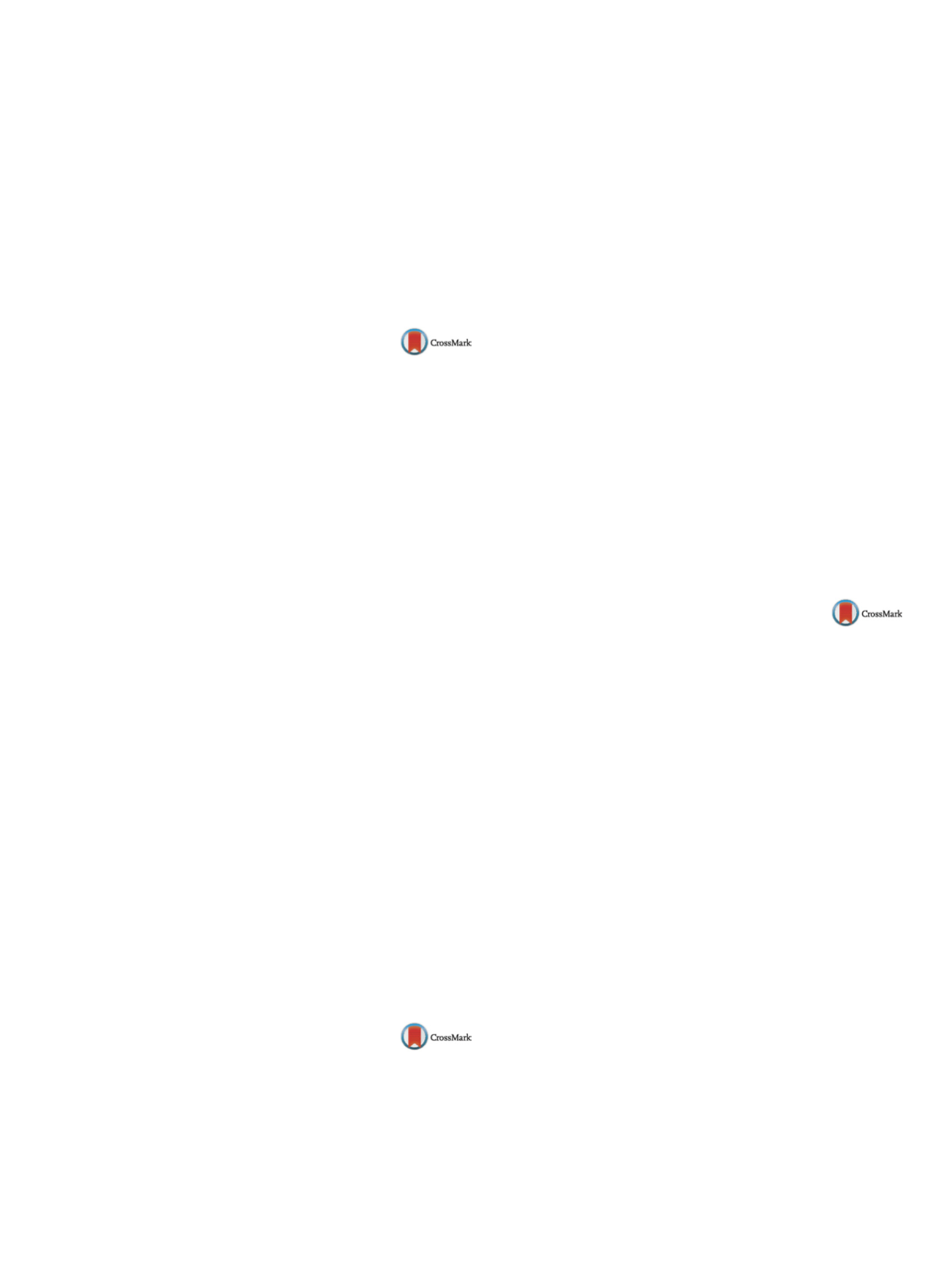

25th European Congress of Psychiatry / European Psychiatry 41S (2017) S645–S709
S651
– the average score of FAS was about 52.4% with an important
emotional charge (score >60).
– twenty-five caregivers wished the death of the patient and 42
others admitted being sarcastic with him.
– We noticed a correlation between mistreatment and both cogni-
tive function and behavioural disorders.
Conclusion
Our results support the fact that mistreatment of peo-
ple with dementia is closely related with the exhausting situation
of the main caregiver.
Disclosure of interest
The authors have not supplied their decla-
ration of competing interest.
http://dx.doi.org/10.1016/j.eurpsy.2017.01.1085EV0756
Depression in the elderly with chronic
medical illness
L. Ghanmi
1 ,∗
, S. Sghaier
2, R. Toumi
2, K. Zitoun
1, L. Zouari
3,
M. Maalej
31
Regional hospital of Gabes, Psychiatry, Gabes, Tunisia
2
Oudhref’s District hospital, Oudhref’s District hospital, Gabes,
Tunisia
3
University Hospital Hedi Chaker, Psychiatry “C”, Sfax, Tunisia
∗
Corresponding author.
Background
There is a bi-directional relationship between
depression and chronic medical disorders.
Aims
The objectives of our study were tomeasure the prevalence
of depression in the elderly with chronic medical illness in primary
care and to determine the socio-demographic and clinical factors
related to depression.
Methods
We conducted a descriptive and analytical cross-
sectional study of patients aged over 65, followed at the outpatient
chronic diseases in Oudhref’s district hospital (south of Tunisia)
during the month of September 2014. We used two instruments:
the activity of daily living (ADL) to determine the degree of auton-
omy and the geriatric depression scale (GDS) validated in Tunisia.
Results
At the end of our investigation, 100 chronic disease
patients met inclusion criteria. The average age of our population
was 75 years. Prevalence of depression was 48%. The most frequent
chronic pathology was hypertension (79%), followed by diabetes
(70%). In analytical study, we noted no correlation between depres-
sion and socio-demographic variables such as age, sex and marital
status. Regarding clinical variables, depression was significantly
more frequent in patients with sensory impairments (82% vs 18%,
P
= 0.017), dependent (80% vs 20%,
P
= 0.002). Regarding chronic
disease, depression was significantly more frequent in patients
with respiratory disease (80% vs 20%,
P
= 0.033), a higher number
of co-morbidities (
P
= 0.005), who were hospitalised at least once
(
P
= 0.015).
Conclusion
Depression is common in elderly with a chronic dis-
ease. Using screening instruments for major depression by primary
care clinicians will help to detect depression.
Disclosure of interest
The authors have not supplied their decla-
ration of competing interest.
http://dx.doi.org/10.1016/j.eurpsy.2017.01.1086EV0757
Correlation between depression and
cognitive decline in elderly
outpatients: A preliminary study
A. Gogos
∗
, G. Papageorgiou , E. Kavourgia , E. Papakyrgiaki ,
A. Mitsokali
Evangelismos Hospital, Psychiatry, Outpatient Department, Athens,
Greece
∗
Corresponding author.
Introduction
Depressive disorder is common psychiatricmorbid-
ity among the elderly outpatients. It is also evident that cognitive
disorders, ranging from mild cognitive impairment to severe
dementia, are widely prevalent in the elderly coexistence of the
above is quite common. Treatment for both conditions is quite
challenging, aiming at symptomatic relief and improvement in
functional status.
Objectives
To investigate the coexistence of depression and cog-
nitive impairment in aged depressive outpatients, 65 years or older.
Correlation of cognitive level and depressive symptomatology was
measured.
Method
We used hamilton depression scale (HAM-D) and MMSE
in 35 (mean age 68.2 years) depressed outpatients over 65-year-
old. We excluded depressed schizophrenics and bipolar patient.
Results.
On a preliminary basis, a correlation between lowMMSe
and HAM-D (
P <
0.05) was found. An interesting finding, though not
measured primarily, was that low MMSE was accompanied with a
low compliance with medication.
Conclusions
The mental deterioration that accompanies cogni-
tive impairment is being widely studied and it is real complex. In
our ongoing study previous findings are confirmed and can be inter-
preted both ways, i.e. depression is a risk factor for dementia and
also the fact that existing dementia is positively correlated with a
low HAM-D.
Compliance tomedication is affected, among other variables, by the
patients’ mental state.
Disclosure of interest
The authors have not supplied their decla-
ration of competing interest.
http://dx.doi.org/10.1016/j.eurpsy.2017.01.1087EV0758
Dementia or mania
C. Gomez
∗
, V. Rodriguez
Hospital de Sant Joan de Alicante, Psiquiatry, Alicante, Spain
∗
Corresponding author.
Background
In the clinical practice we encounter different clini-
cal situations that require precise differential diagnosis and special
treatment. This poster reviews the diagnosis and pharmacotherapy
of two cases that points out how likely is to confuse the diagno-
sis of two apparently different pathologies, as are bipolar disorder
and frontotemporal dementia. We study and compare two cases
that were hospitalised in the psychiatric ward of Sant Joan’s Hos-
pital. Following their treatment and evolution. The first case is a
75-years-oldman that presented behavioural changes, hypomania,
and insomnia without previous known psychiatric history other
than alcoholism. The family explained a history of episodes of mood
changes going from depression to mania, compatible with a bipo-
lar diagnosis never diagnosed, and the neuropsychological exam
that was performed did not show any cognitive impairment finally
receiving a diagnosis of bipolar disorder after the good response
to the lithium treatment. In the second case we have a 58-years-
old man with behavioural disturbances and mood fluctuation that
changes from short periods of hypomania with disinhibition and
insomnia to a predominance of hypothymia, apathy and self-care
negligence, which received at the beginning a diagnosis of bipolar
disorder and that after the proper complementary tests was shown
to be a frontotemporal dementia.
Conclusions
When facing behavioural and mood changes in
advance age in the absence of psychiatric history we should take
into account the considerable percentage of patients with a final
diagnosis of frontotemporal dementia that received previously a
mistaken diagnosis of bipolar disorder and vice versa.
Disclosure of interest
The authors have not supplied their decla-
ration of competing interest.
http://dx.doi.org/10.1016/j.eurpsy.2017.01.1088

















